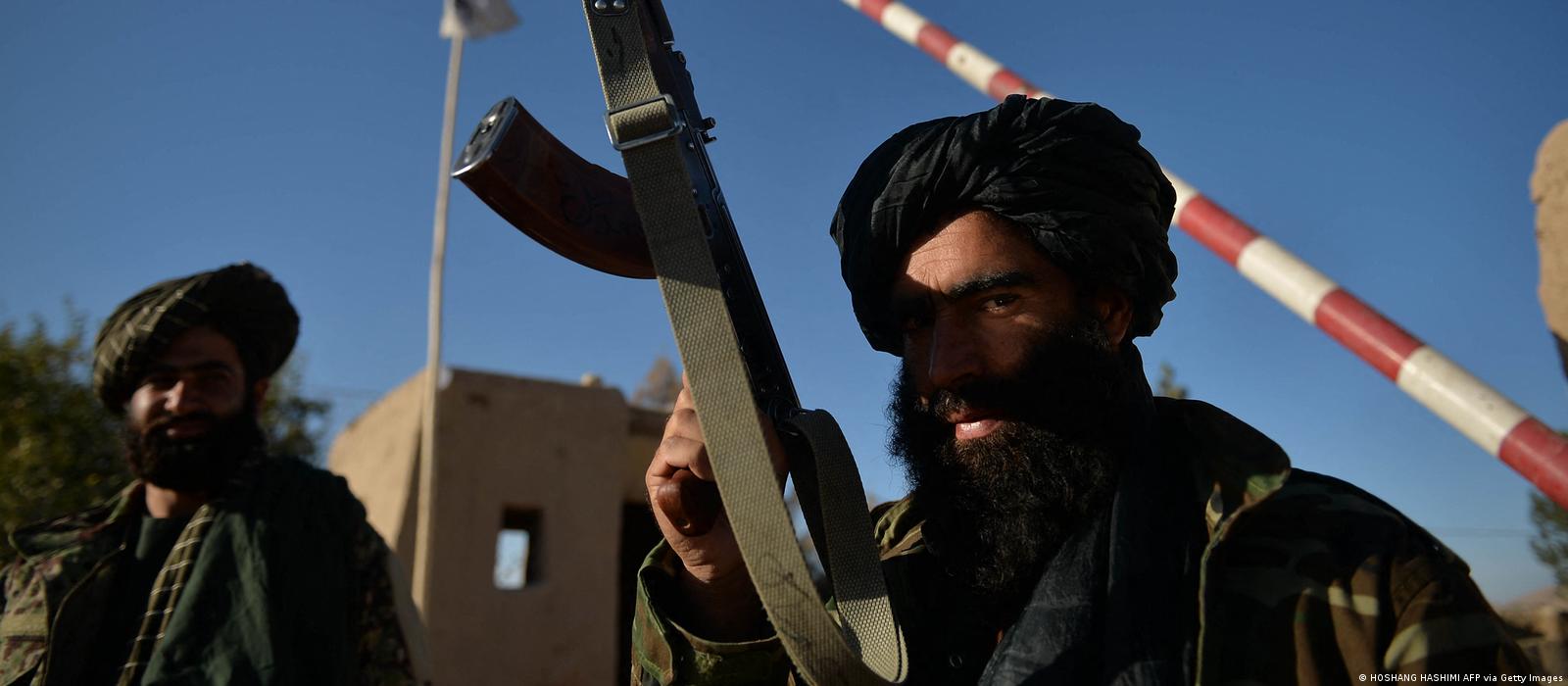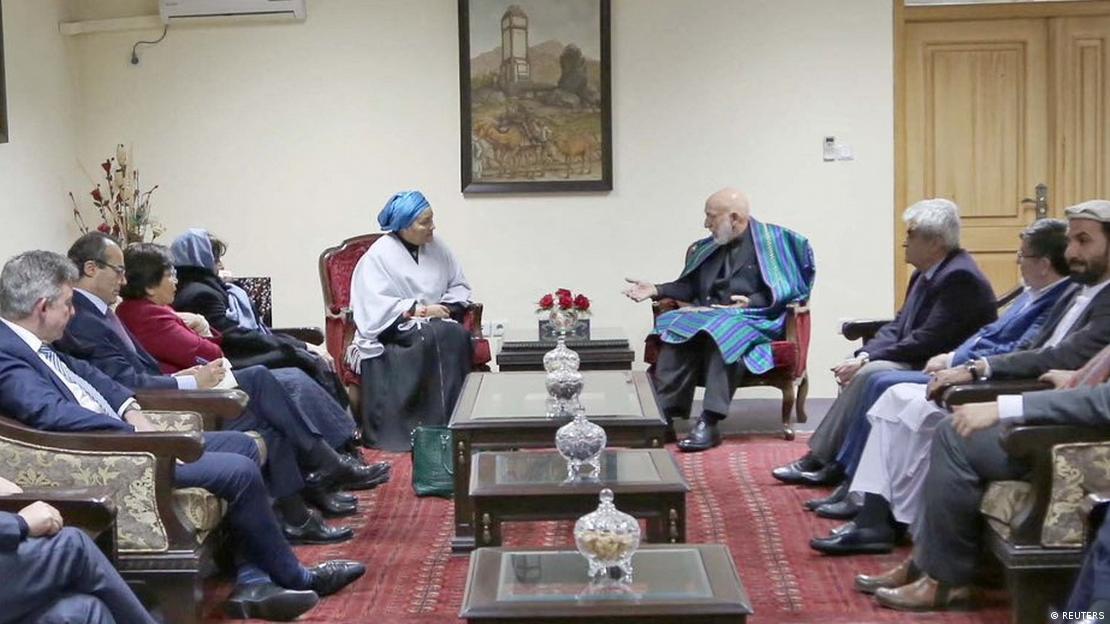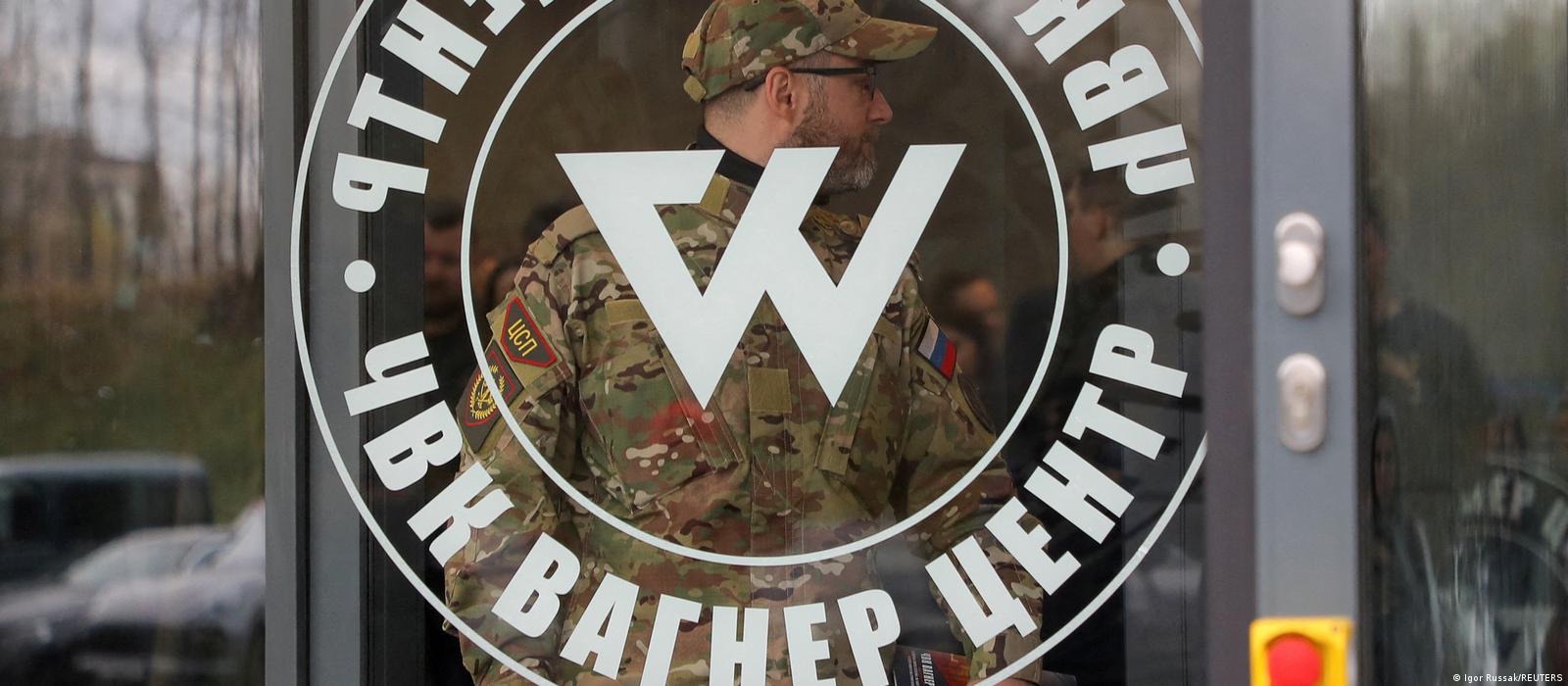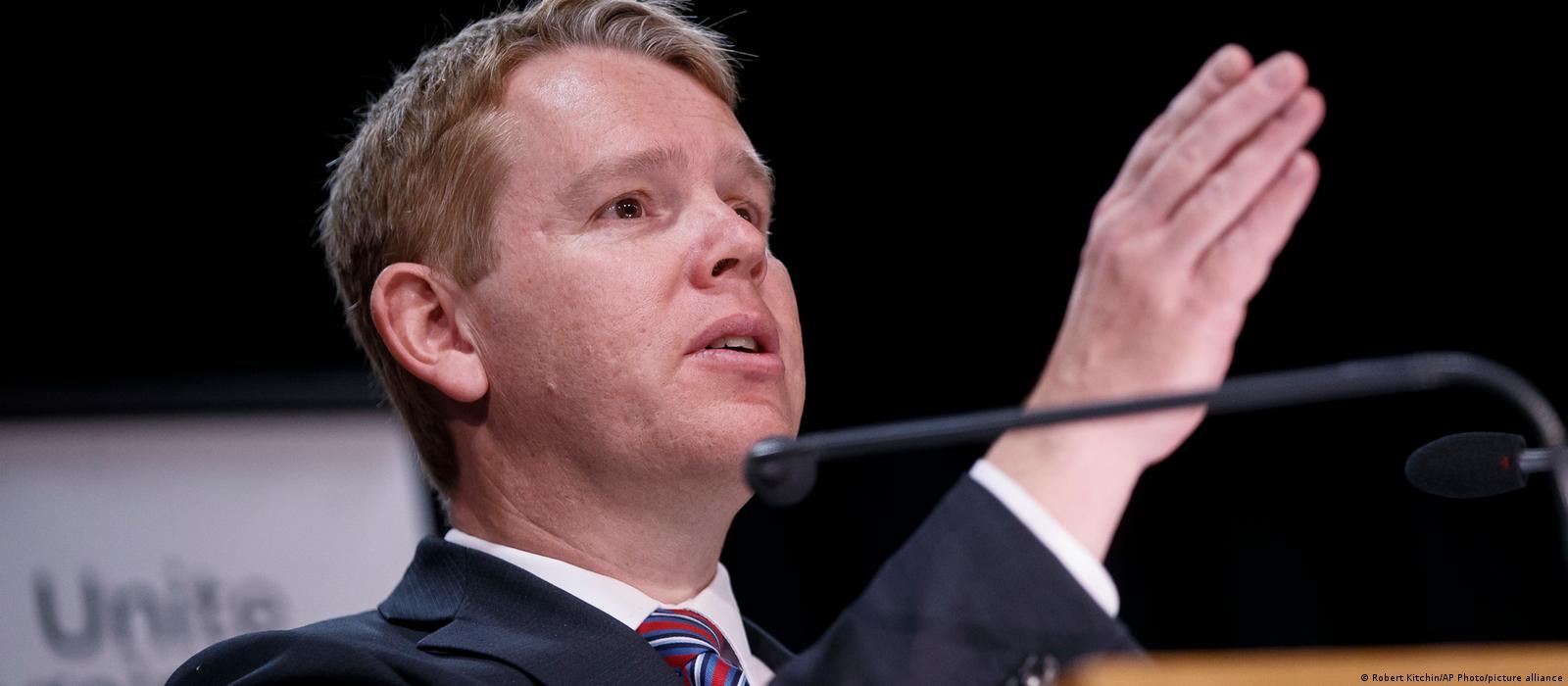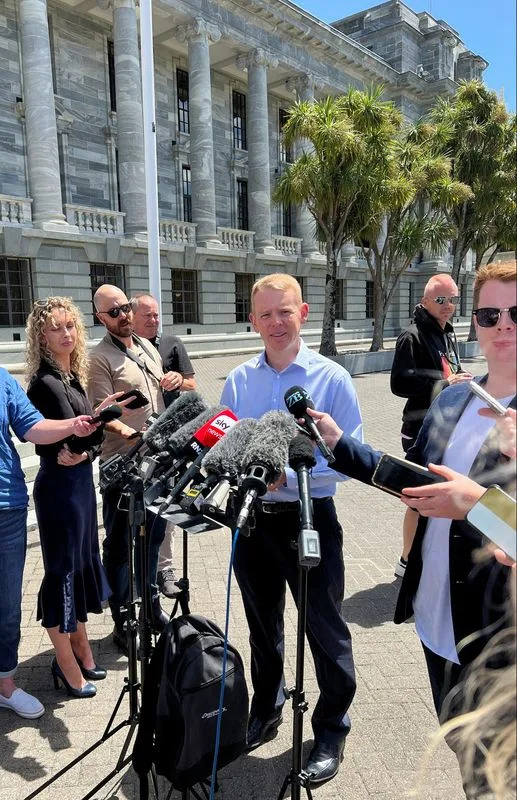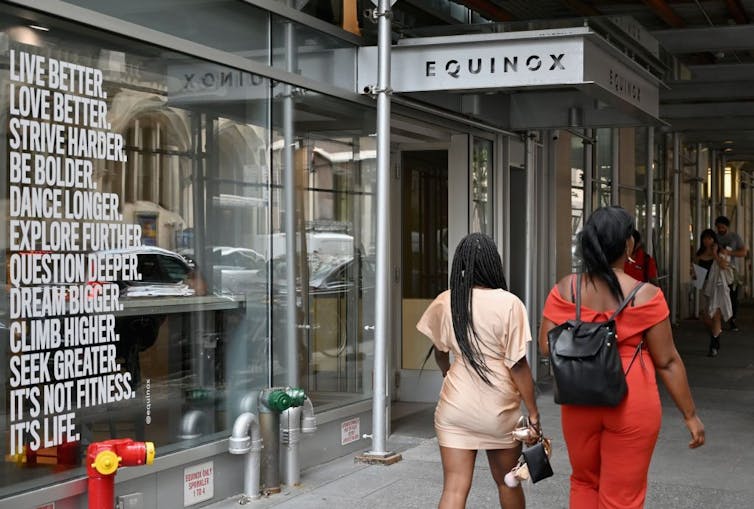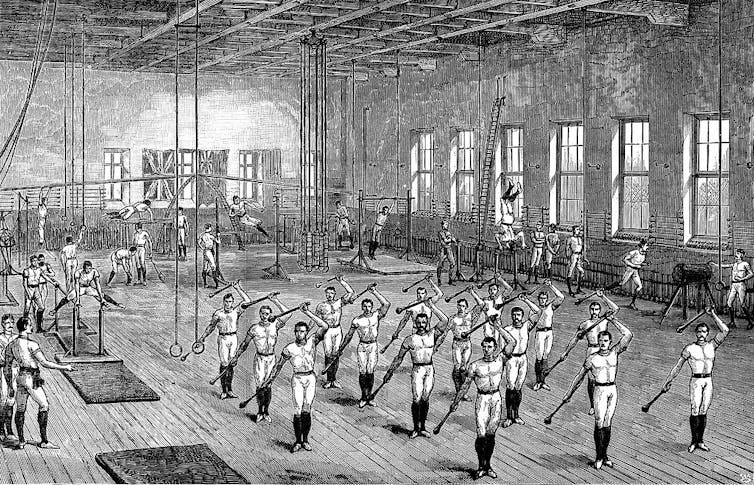
Isaac Kaledzi
Sixty-six women and children were released after being abducted in Burkina Faso. Kidnapping is nothing new in the region, but kidnapping women and kids has drawn attention to militants in Western Africa.
Dozens of women and children in two localities, north and west of the town of Arbinda, in Burkina Faso's northern region, were kidnapped by jihadis last week. On Friday, 66 women and children were freed, national broadcaster Radiodiffusion Television du Burkina and the government said.
The UN human rights chief Volker Turk said he was shocked that women were becoming targets for these terrorists.
"I am alarmed that dozens of women out to search for food for their families were abducted in broad daylight, in what could be the first such attack deliberately targeting women in Burkina Faso," Turk said before the women and children were released Friday.
The president of Burkina Faso's transitional government, Captain Ibrahim Traore, also described the incident as a new strategy by the terrorists.
"On the military side, our men are determined to confront them, so they are starting to attack innocent civilian populations, humiliate them, kill them," Traore said when he addressed students at the University of Ouagadougou.
Signs of desperation from Islamist insurgents
Some security experts have said that the latest kidnappings by jihadis in parts of West Africa signify desperation to create regional chaos.
Daouda Diallo, secretary general of the Collective Against Impunity and Stigmatization of Communities in Burkina Faso civil society group, told DW that kidnapping women was unprecedented.
"This is the first time we have seen an abduction of several dozen women. Sometimes we have recorded isolated cases, but women were mostly able to move around more than men," Diallo said.
"But today the situation is worrying, and it is as if this is a new situation today in terms of security that we must take into account," Diallo added.
Such abductions of women and children are not new in the region. Countries in the Sahel region have suffered much from such attacks.

Easy targets
An African Union security expert who chose to remain anonymous told DW that women and children are becoming easy targets because they are vulnerable and unable to defend themselves.
"Civilians are easy targets because civilians are not armed. Young girls, and women are very vulnerable, they can be easily abducted, kidnapped, and all that because they know this will get international condemnation and uproar, they use those means," the expert said.
In its latest report on kidnappings in Nigeria for example, the African Centre for Constructive Resolution of Conflict (ACCORD), said "the continued payment of ransoms makes the criminal enterprise very lucrative, enticing private citizens and even security agents into joining the scheme," a lesson that terrorists, in other countries, could be picking up.
The report identified the connivance and complicity of state actors, such as military personnel, security agents, government officials, and local community leaders, in facilitating kidnapping operations.
Security experts have always questioned how these terrorists get logistical support and weapons with the trend leading to distrust between citizens and security forces and the collapse of intelligence gathering.
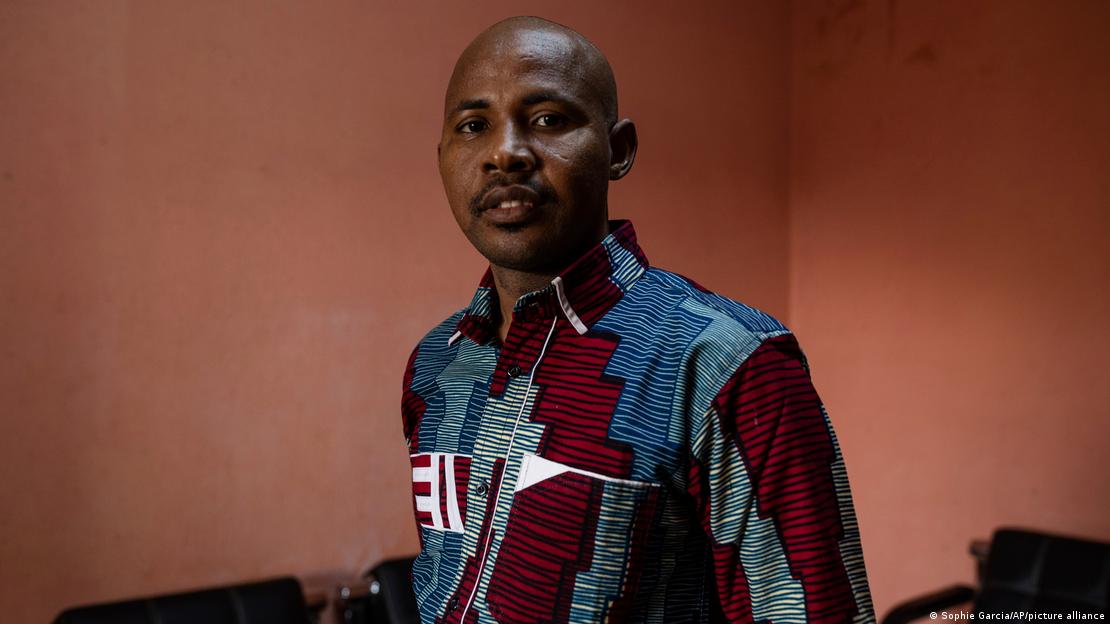
New ways of funding operations
According to ACCORD, terrorists are switching to abduction as a means of funding their activities.
The organization's researchers referred to Nigeria's main geopolitical intelligence platform, SBM Intelligence, which estimated that between 2011 and 2020, Nigerians paid at least $18 million (€16.6 million) in ransoms to kidnappers.
"In the first half of 2021, 2,371 people were kidnapped and the sum of about $23.84 million was demanded in ransoms in Nigeria," the report reads.
In several African countries where terrorists are wreaking havoc, money laundering has also been identified as one of the major ways by which they secure funding to run their operations.
The AU official explained to DW that because governments are tightening their laws to deal with money laundering, it is pushing militants to find new ways.
"Governments are also adopting means to address money laundering which has also been part of the way of financing their activities and if that is becoming effective and they are not getting the finance as they ought to which would affect their operation, they could also adopt this means as an alternative," the AU official said.
Exclusive Interview on conflict resolution in Africa
According to the AU official, the terrorists also seem to be craving political attention: "Their [jihadis] original intent is to cause instability in West Africa the whole idea is that they are not happy because they have issues which are not being addressed."
The concerns of these Islamist groups include governance issues and poverty.
"As a way of announcing their displeasure, they are using this rather unfortunate means. Perhaps they feel no body is listening," the AU official added.
Since 2015 when Burkina Faso started battling an insurgency led by jihadis affiliated with al-Qaeda and the so-called "Islamic State," thousands of people have been killed and millions displaced.
The United Nations says that nearly 1 million people live in blockaded areas in Burkina Faso's north and east.
Burkina Faso's security challenges
When the new Burkinabe junta leader, Captain Ibrahim Traore, seized power on September 30, 2022, he made security the regime's top priority. Traore toppled the previous coup leader for doing little to secure the country from the terrorists.
The AU security expert told DW that the jihadis seem to have been badly hit by recent operations by the government and its international partners hence the latest approach to create chaos.
"Because they are facing some form of resistance from government forces and also from other international partners, they then turn to adjust or adopt different forms of strategies to continue to pursue their acts," the official said.
In the past jihadist attacks have focused on gatherings, like those in churches, mosques, and strategic government installations.
Daouda Diallo said their latest tactics of targeting civilians for abduction pose a great challenge to deal with.
"These extremist armed groups are increasingly militarized, that is, well-motorized with vehicles, and often with actors who also wear uniforms to cover their tracks. So, these are extremist and well-militarized non-state armed groups that are endangering the lives of civilians."
Sustaining anti-jihadi operations
Earlier this month, French Minister of State for Development Chrysoula Zacharopoulou, vowed that her government would not stop supporting Burkina Faso in its fight against Islamist militants.
France wished to remain involved despite growing anti-French sentiment and diplomatic tensions between the two countries.
"I was able to assure him [Traore] of our support in the fight against terrorist groups. We know the price that the Burkinabe armed forces and the civilian population have been paying for years in the face of groups that have decided to turn the country from a haven of peace into a war zone," Zacharopoulou said.
Daouda Diallo explained that the situation on human rights needs to be taken seriously not to allow for impunity to prevail if the terrorists are to be defeated.
Respect for human rights
"It must be said that there has been a lot of attention shone on human rights because recently there have been several cases of extra-judicial executions, kidnappings, and cases of mass killings," Diallo said.
In Nigeria, authorities sometimes resort to a peace deal or amnesty approach. According to ACCORD's report, these processes are "fraught with challenges, such as the absence of clear policy and legal frameworks to anchor the initiative, the lack of institutional platforms to facilitate sustainability, and the questions of inclusivity and transparency in the process."
The AU security expert however warned against any form of negotiation with these terrorists since it hasn't proven useful in the past.
"These people are only bent on causing mayhem and destruction, their intent is not to stop what they are doing, the only way and means of stopping it is a change in habit. A change in doctrine, a change in philosophy, a change in attitude," the official explained.
But poorly trained and ill-equipped armed forces in some West African countries have also paid a hefty toll in their years-long battle against the jihadists.
Countries like France and Germany have all offered help but in recent months stepped up the emphasis that this must be a partnership that is also wished by citizens of affected countries.
Edited by: Chrispin Mwakideu
